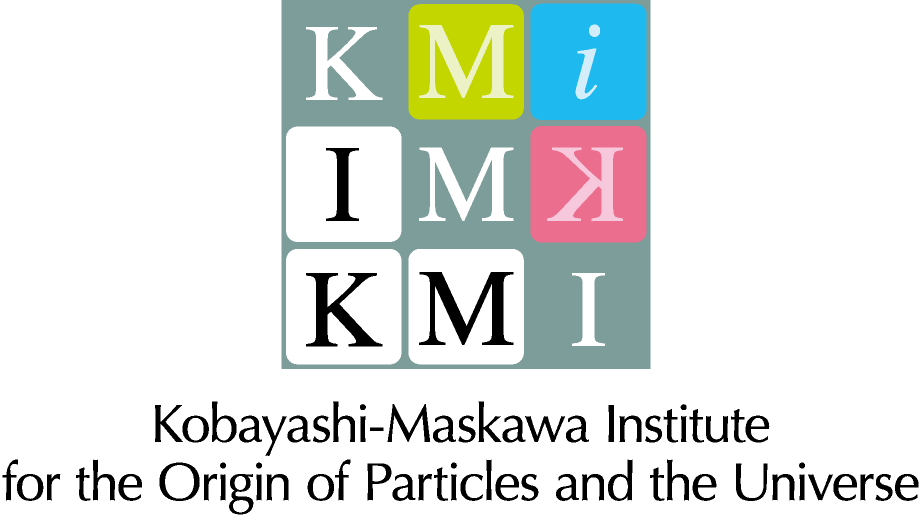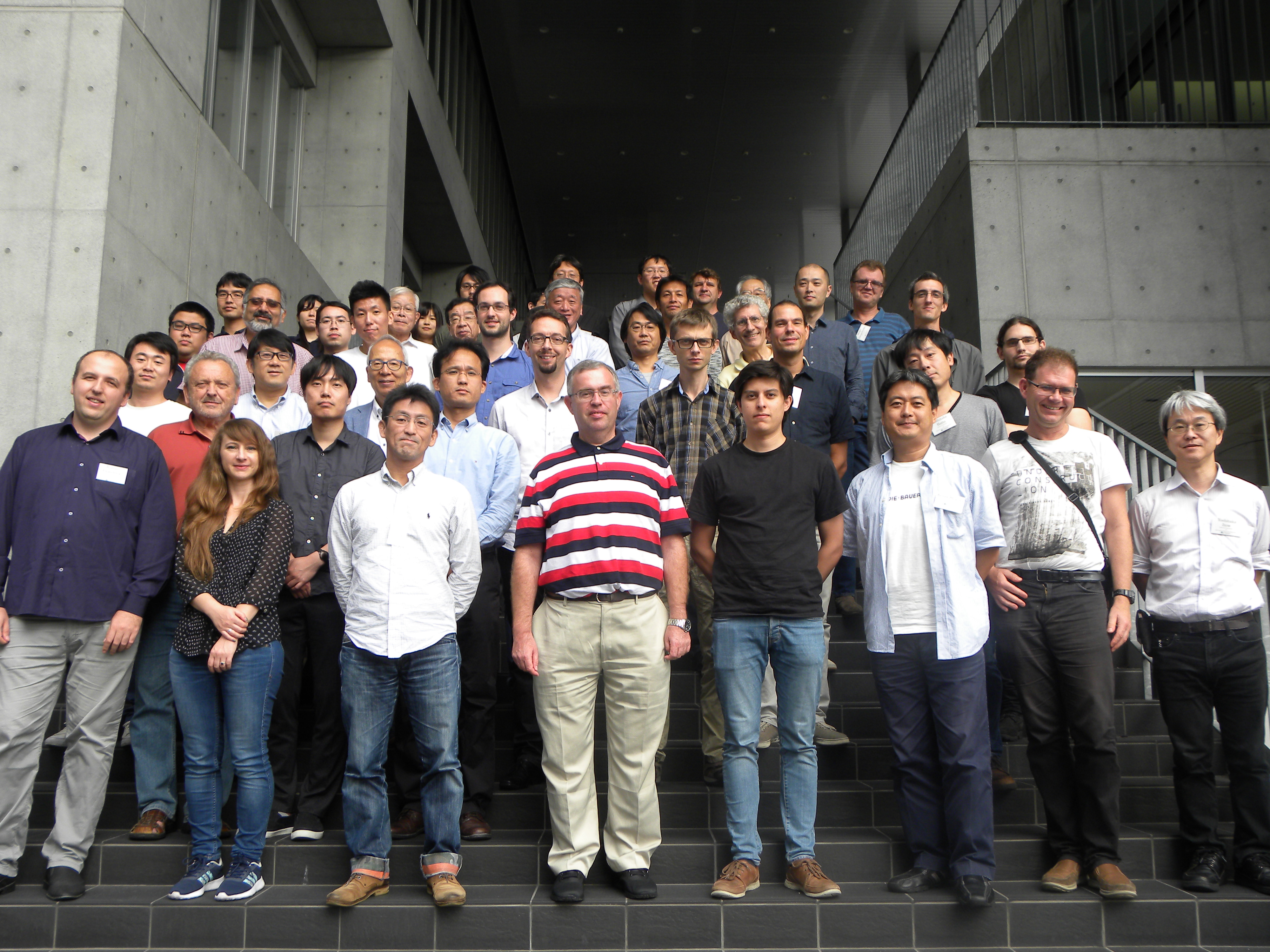Workshop on forward physics and high-energy scattering at zero degrees 2017
ES
Nagoya University
This meeting follows the successful previous workshop held at the Nagoya University in September 2015. The is a joint workshop of the LHC forward physics working group meeting and the High-Energy Scattering at Zero degrees workshop (HESZ). This year, it aims at covering all aspects of forward physics at the LHC and at RHIC, benefiting from the experience gained at HERA and the Tevatron. The spirit of this meeting is to favour fruitful and informal discussions between experimentalists and theorists. Lots of time is devoted to discussion of new results, hot topics and exciting open problems in forward physics at RHIC and the LHC.
Subjects discussed in the Workshop are
- multiplicities, energy measurements in forward region and very forward jets
- BFKL and saturation
- total cross section, low mass and soft diffraction
- medium mass diffraction and the structure of Pomeron
- Exclusive diffraction and BSM physics
- heavy ions at RHIC and LHC
- forward spin asymmetry
- cosmic ray
- hardware and future projects
28-Sep Workshop photo
21-Sep : Access from the subway station to the workshop venue Subway2ES.pdf
16-Aug : Time table of the workshop is now available in the left menu.
16-Aug : banquet information is available "Travel and Workshop information" in the left menu.
Program Advisory Committee
Paolo Gunnellini, Takashi Sako (chair), Gregory Soyez, Agustin Sabio Vera, Kaz Itakura, Michał Praszałowicz, Per Grafstrom, Valery Khoze, Joachim Bartels, Maciej Trzebinski, Marta Ruspa, Lucian Harland-Lang, Ronan McNulty, Christophe Royon (chair), Cyrille Marquet, Thomas Peitzmann, Kenta Shigaki, Yuji Goto, Kyoshi Tanita, Tanguy Pierog, Yoshitaka Itow, Joachim Baechler, Nicolo Cartigli, Nicola Minafra
Local Organization Committee
Takashi Sako (secretary), Kaz Itakura, Kenta Shigaki, Yuji Goto, Kyoshi Tanita, Yoshitaka Itow, Yuji Yamazaki
Previous workshops [2015]
This workshop is supported by the Kobayashi-Maskawa Institute for the Origin of Particles and the Universe (KMI) and Institute for Space-Earth Environmental Research (ISEE).

